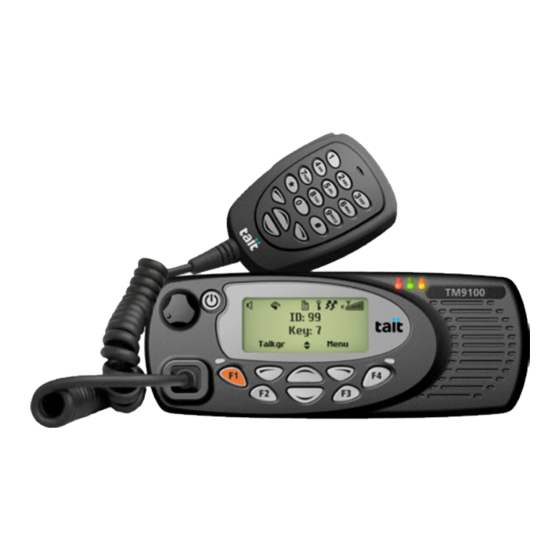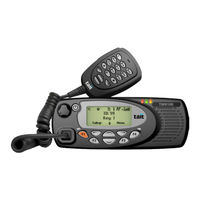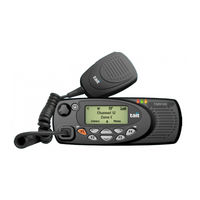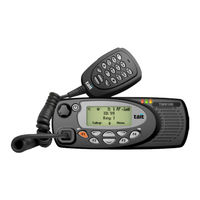
Tait TM9100 Manuals
Manuals and User Guides for Tait TM9100. We have 10 Tait TM9100 manuals available for free PDF download: Service Manual, User Manual, Tune Up And Inspection, Installation Manual, Safety Information Manual
Advertisement
Tait TM9100 User Manual (104 pages)
Brand: Tait
|
Category: Two-Way Radio
|
Size: 2 MB
Table of Contents
Tait TM9100 User Manual (91 pages)
Brand: Tait
|
Category: Transceiver
|
Size: 2 MB
Table of Contents
Advertisement
Tait TM9100 User Manual (4 pages)
Brand: Tait
|
Category: Portable Radio
|
Size: 0 MB
Advertisement









